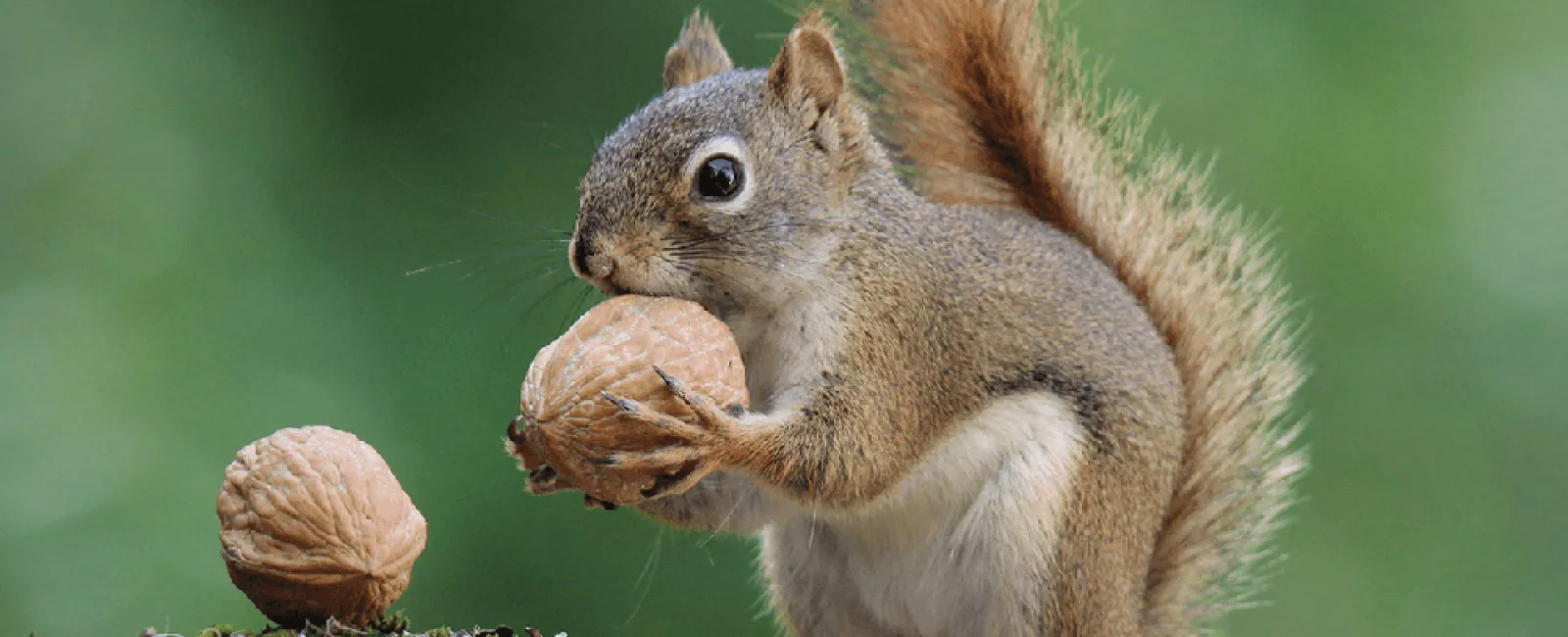You may believe you know everything that goes on in your house, but behind the light switches, under the refrigerator, and in your attic and walls, there are often squatters hiding that you may not know exist. Learn about some of the possible intruders hiding in your home and what to do to get rid of them.
Insects
The insects hiding in our homes can range from unnoticeable to terrifying or dangerous. With insects, the most important thing to understand is that if you see one, there are probably dozens more hiding in your home. Here are just a few of the most commonly seen insects in homes.
- Bed bugs: brownish-red in appearance, these small bugs are easily spreadable parasites that are creating minor hysteria in the US today thanks to certain varieties having developed a resistance to common pesticides.
- Cockroaches: these brownish bugs are one of the most common sights in households, and they are very good at hiding. Their favorite food source is the food you drop on the floor and forget to pick up.
- Ants: ants come into homes for one reason only: to find easy food. However, once they’re in, they can be hard to get out due to the whole colony knowing you have easy eats.
- Fleas: another parasite, fleas can travel into your home either on your pet or on your clothes, and once they’re settled in, they’re very difficult to eradicate.
- Silverfish: these appropriately named bugs look a bit like silver fish. They love eating paper and the glue that holds books together.
- House centipedes: with a multitude of long, hair-like legs, these are some of the scariest looking bugs we commonly encounter in homes. Don’t worry, though! They’re just there to eat the other bugs living in your house.
- Spiders: another insect that is in your home solely to eat the other bugs, spiders can range from utterly harmless to extremely poisonous and deadly, so use caution with them!
Wildlife
Generally speaking, wild animals enter your home because they need shelter or want food. They don’t mean to be harmful, but even the tiniest mouse can accidentally cause a home to burn to the ground if gnawing on wires. Many wildlife intruders will damage insulation, wood, pipes, and wires as they make nests for shelter. Here are some of the wildlife pests you may encounter in your home.
- Mice: small enough to often miss, mice love living with people because we make our food, especially cereals and other grains so easy to access.
- Rats: bigger than mice, rats are smarter too: they can get into food that you may not think would be very easy to access.
- Squirrels: though they’re not interested in your food, squirrels are interested in wreaking havoc in your attic so that they can have litter after litter of pups.
- Bats: bats seek out cave-like structures to shelter in during the day, and your attic is perfect!
- Larger mammals: raccoons and opossums can enter homes, especially in winter, in hopes of finding a warm shelter. These animals can be scary and dangerous because of their size.
- Snakes: snakes either followed rodents into your home, or they took up residence because your home offers them the warmth they need to stay alive. Some snakes are very poisonous, so be careful!
What Can I Do?
If you want the insect and wildlife squatters gone so that you and your family can live peacefully in your home, there is really only one solution: bring in a professional pest control company. Great pest control companies have expertise and experience with nearly every possible pest your home may have, ranging from the biggest raccoons to the smallest flea, and they know how to get them out of your home and keep them out. Many pest control companies offer free home inspections to determine the extent of your pest problem, and then they provide a free estimate for making sure your pests are gone. If you want your pests to never come back, it is always worth the money to hire a professional pest control company.

